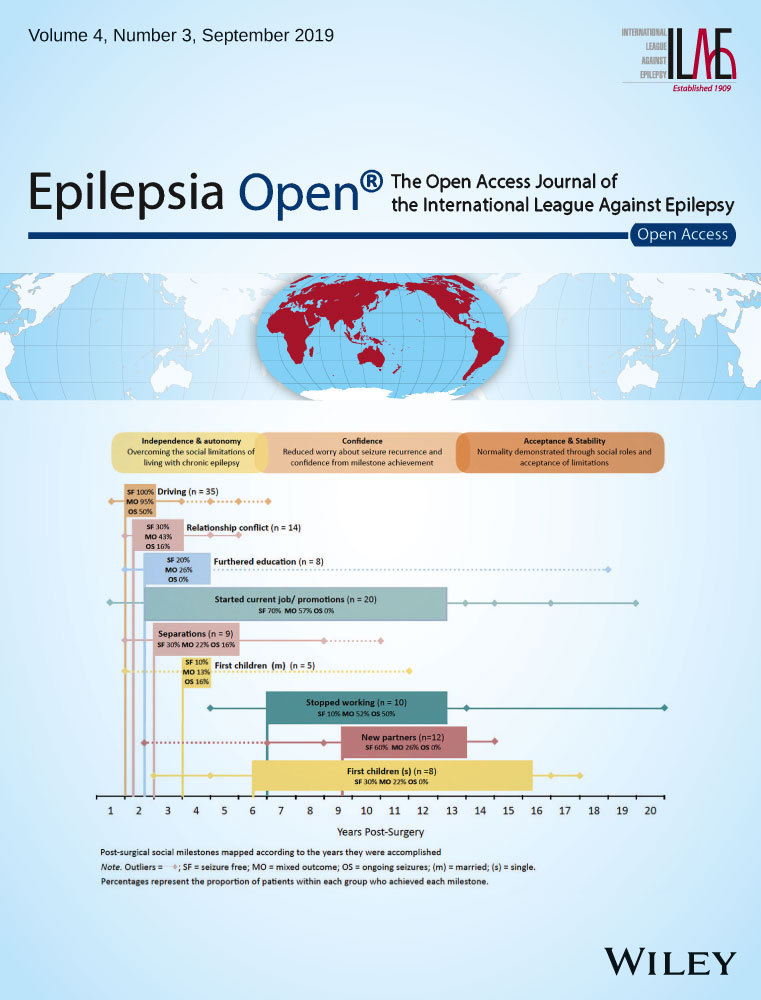 “Objective: Focal impaired awareness seizures (FIASs) are the most common seizure type in adults and are often refractory to medication. Management of FIASs is clinically challenging, and new interventions are needed for better seizure control. The amygdala-kindling model is a preclinical model of FIASs with secondary generalization.
“Objective: Focal impaired awareness seizures (FIASs) are the most common seizure type in adults and are often refractory to medication. Management of FIASs is clinically challenging, and new interventions are needed for better seizure control. The amygdala-kindling model is a preclinical model of FIASs with secondary generalization.
The present study assessed the efficacy of cannabidiol (CBD), ∆9-tetrahydrocannabinol (THC), and a combination of CBD and THC in a 15:1 ratio at suppressing focal and secondarily generalized seizures in the amygdala-kindled rat.
Results: CBD alone produced a partial suppression of both generalized seizures (median effective dose [ED50 ] = 283 mg/kg) and focal seizures (ED40 = 320 mg/kg) at doses that did not produce ataxia. THC alone also produced partial suppression of generalized (ED50 = 10 mg/kg) and focal (ED50 = 30 mg/kg) seizures, but doses of 10 mg/kg and above produced hypolocomotion, although not ataxia. The addition of a low dose of THC to CBD (15:1) left-shifted the CBD dose-response curve, producing much lower ED50 s for both generalized (ED50 = 26 + 1.73 mg/kg) and focal (ED50 = 40 + 2.66 mg/kg) seizures. No ataxia or hypolocomotion was seen at these doses of the CBD + THC combination.
Significance: CBD and THC both have antiseizure properties in the amygdala-kindling model, although THC produces suppression of the amygdala focus only at doses that produce hypolocomotion. The addition of small amounts of THC greatly improves the effectiveness of CBD. A combination of CBD and THC might be useful for the management of FIASs.”

 “Highly purified cannabidiol (CBD) has demonstrated efficacy with an acceptable safety profile in patients with Lennox-Gastaut syndrome or Dravet syndrome in randomized, double-blind, add-on, controlled phase 3 trials.
“Highly purified cannabidiol (CBD) has demonstrated efficacy with an acceptable safety profile in patients with Lennox-Gastaut syndrome or Dravet syndrome in randomized, double-blind, add-on, controlled phase 3 trials. “Mutations in SYNGAP1 are associated with developmental delay, epilepsy, and autism spectrum disorder (ASD). Epilepsy is often drug-resistant in this syndrome with frequent drop attacks.
“Mutations in SYNGAP1 are associated with developmental delay, epilepsy, and autism spectrum disorder (ASD). Epilepsy is often drug-resistant in this syndrome with frequent drop attacks. “Four pivotal randomized placebo-controlled trials have demonstrated that adjunctive therapy with cannabidiol (CBD) improves seizure control in patients with Dravet syndrome (DS) and Lennox-Gastaut syndrome (LGS).
“Four pivotal randomized placebo-controlled trials have demonstrated that adjunctive therapy with cannabidiol (CBD) improves seizure control in patients with Dravet syndrome (DS) and Lennox-Gastaut syndrome (LGS). “Cannabis has been considered as a therapeutic strategy to control intractable epilepsy.
“Cannabis has been considered as a therapeutic strategy to control intractable epilepsy. “Angelman syndrome (AS) is a neurodevelopmental disorder characterized by intellectual disability, lack of speech, ataxia, EEG abnormalities, and epilepsy. Seizures in AS individuals are common, debilitating, and often drug-resistant. Therefore, there is an unmet need for better treatment options.
“Angelman syndrome (AS) is a neurodevelopmental disorder characterized by intellectual disability, lack of speech, ataxia, EEG abnormalities, and epilepsy. Seizures in AS individuals are common, debilitating, and often drug-resistant. Therefore, there is an unmet need for better treatment options. “C57BL/6J mice infected with Theiler’s murine encephalomyelitis virus (TMEV) develop acute behavioral seizures in the first week of infection and later develop chronic epilepsy. The TMEV model provides a useful platform to test novel antiseizure therapeutics.
“C57BL/6J mice infected with Theiler’s murine encephalomyelitis virus (TMEV) develop acute behavioral seizures in the first week of infection and later develop chronic epilepsy. The TMEV model provides a useful platform to test novel antiseizure therapeutics.
 “Rett syndrome (RTT) is an X-linked neurodevelopmental disorder caused mainly by mutations in the MECP2 gene, being one of the leading causes of mental disability in females.
“Rett syndrome (RTT) is an X-linked neurodevelopmental disorder caused mainly by mutations in the MECP2 gene, being one of the leading causes of mental disability in females.